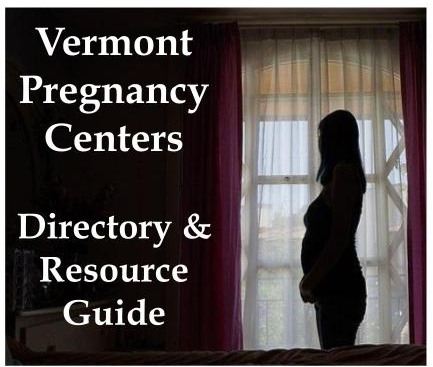
by John McClaughry
Some years ago, faced with the many competing spending demands before the Senate, I would say “all this state needs is a diamond mine.” That is, with an inexhaustible supply of dollars in the till, all worthwhile projects and programs could be funded – and a quite a few that weren’t worthwhile – without laying higher taxes on our voters.

Last week in his budget message Gov. Scott announced that, in effect, Vermont has at last found its diamond mine. It arrived in the form of half a billion in unspent American Rescue Plan funds, plus another $2.2 billion in the Congressional infrastructure bill. In addition, despite COVID, our own tax base has produced a $320 million surplus across the three major funds.
Did Congress discover a diamond mine, to be able to bestow this staggering benefaction on our little state? Not exactly. Congress has voted more than $10 trillion in deficits over the past ten fiscal years, signed into law by Presidents Obama, Trump, and Biden. The 2020 Trump budget ran $3.16 trillion in the red, and the 2021 Biden budget added another $2.8 trillion. There’s no end in sight.
One consequence of this fantastic deficit spending is a seven percent rise of the Consumer Price Index over the 12 months ending in December, the largest 12-month increase since June 1982. But let’s disregard that and look at the far happier Vermont budget situation.
For Vermont, 2022 will be a once in a lifetime” historic moment”. The governor proposed to pay off $52 million in state debt, provide a one-time $45 million property tax rebate, reduce tax rates on social security and military pension income, and increase the nation’s most generous Earned Income Tax Credit. Those proposals should be relatively noncontroversial. The debate will be over the distribution of the vast spending of this windfall.
Once again the governor focused on the lack of workers to take 23,000 good jobs going begging, even as in the past year our workforce shrank by 24,000. The governor wants lots more workforce training, and more money for health care workers, technical education centers, child care, housing subsidies, colleges, and mental health .
There are some important conclusions one can extract from the budget message. First is the governor’s commendable view of fiscal responsibility: we can’t commit a billion dollars to pay for continuing programs when there’s no assurance that we’ll have the money to keep those programs going once launched. That means that we can’t risk future tax increases.
Second, the governor wants to address climate change but not by new taxes and mandates. His offer to the climate change advocates is $216 million to support home weatherization and “community resiliency”, an indistinct category that includes steps to reduce flood damage. This will certainly be a flash point with the Democratic legislators eager to fund their sweeping Climate Action Plan.
The climateers’ goal is driving down carbon dioxide emissions by 80% by 2050, by inflicting higher gasoline and diesel prices on cars, trucks and buses, plus higher heating oil and gas prices paid by businesses and homeowners. That runs aground on the governor’s constant opposition to carbon taxes, and to “mandates that Vermonters can’t afford.” He’ll need to make that clear to his agency heads, who will be under pressure from the Climate Council majority to adopt burdensome rules (that the legislators don’t want to vote on) to slay the climate beast.
Third, while the governor vowed to commit the full $395 million required by the teachers’ and state employees’ retirement plans, he did not make any commitment to pouring maybe $200 million into the two funds reduce the $5 billion + actuarial deficit. The recent agreement between the two unions and the State, while not an optimal fix, is nonetheless a step in the right direction, and should have a strong claim on available funds.
Finally, the governor’s budget proposals do not involve any significant structural changes in the way government systems work. There’s no welfare reform, no consolidation of the state’s five housing assistance programs, no relaxing of stringent land use regulations that defeat affordable housing, no proposed change in the health care system increasingly dominated by the high-overhead UVM Health Network, no concern for building a power transmission system to support the grand plan for electrifying everything , and no expansion of parental choice in education, that would make providers compete for customers,
To be fair, the budget message is not the place to unveil any such transformative steps. What is long overdue in Vermont is a thorough-going performance review, that saved billions of tax dollars in Texas and Michigan. The Democrats proposed that in their 2004 platform, but it hasn’t been heard of since. There are plenty of ways to make state government more efficient and state economies more vigorous – perhaps enough to attract back those 24,000 missing workers. But Vermont is not looking for those ways.
John McClaughry is vice president of the Ethan Allen Institute (www.ethanallen.org)
Categories: Commentary






It’s not a diamond mine…It’s still a deficit pit to be paid back at some point…All you seem to be saying is we have a bunch of unspent money, borrowed on our children’s future, which we still have access to. Maybe Howard Dean would go Yeeeeehhaawww, but it’s still deficit spending, no?…And unless you’re spending this money on something with a return, like a diamond mine and not useless leftist social/woke programs, it’s just more accumulated debt.